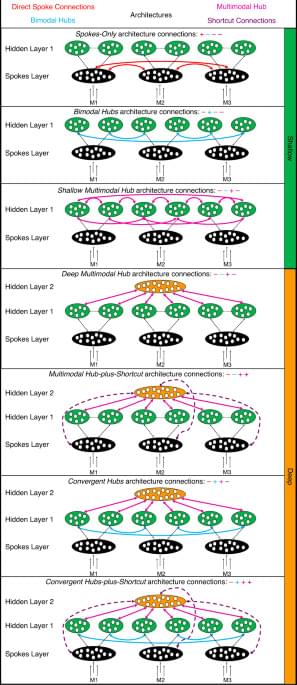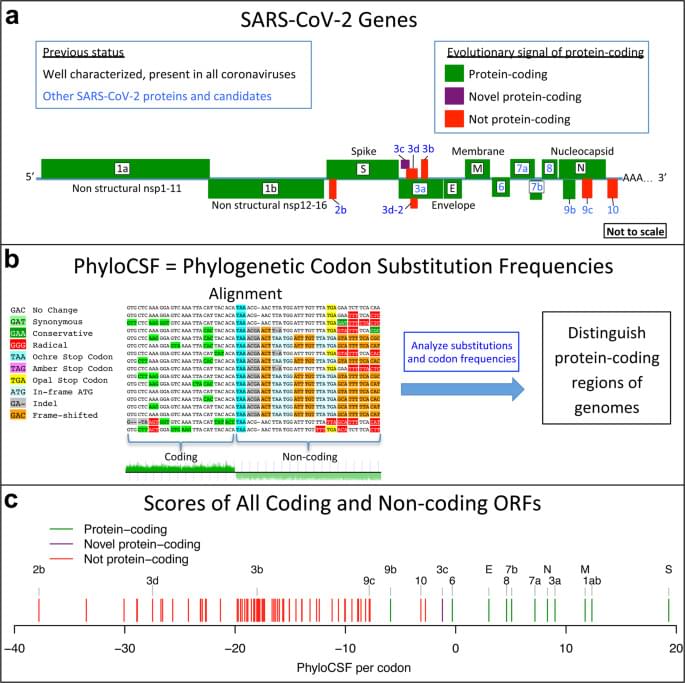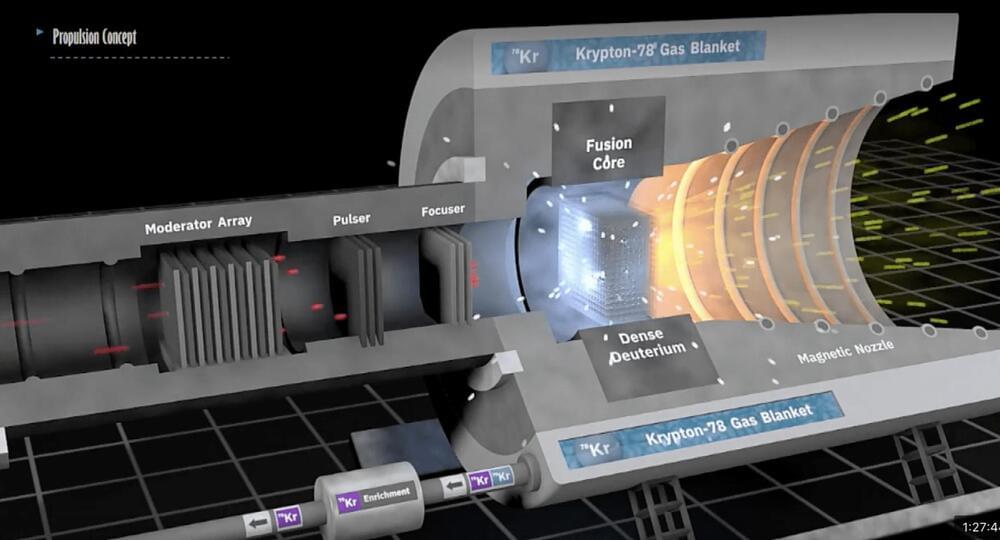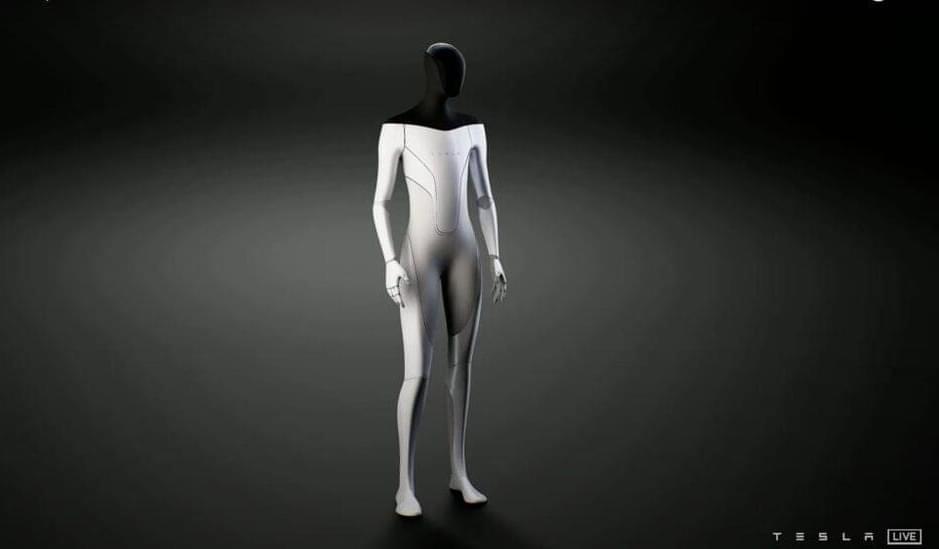“These discoveries are essential for mankind to progress into the space age,” said lead research author Professor Sayaka Wakayama, a scientist at Japan’s University of Yamanashi.
There’s no need to discover life on Mars — not when we could possibly make our own.
Scientists have discovered that sperm can potentially survive on Mars for hundreds of years, meaning that humans could possibly reproduce on the Red Planet in the future.
“These discoveries are essential for mankind to progress into the space age,” lead research author Professor Sayaka Wakayama, a scientist at Japan’s University of Yamanashi, told the Daily Mail of the study.






